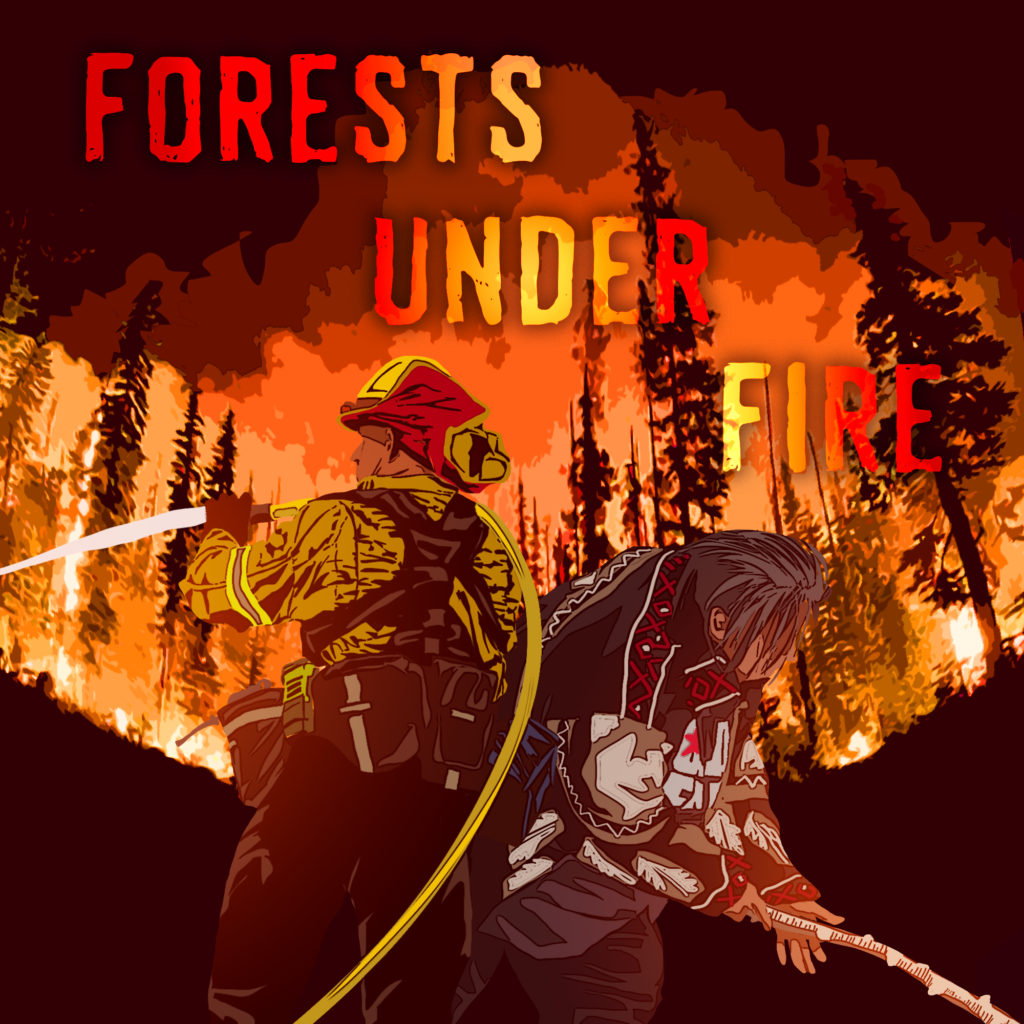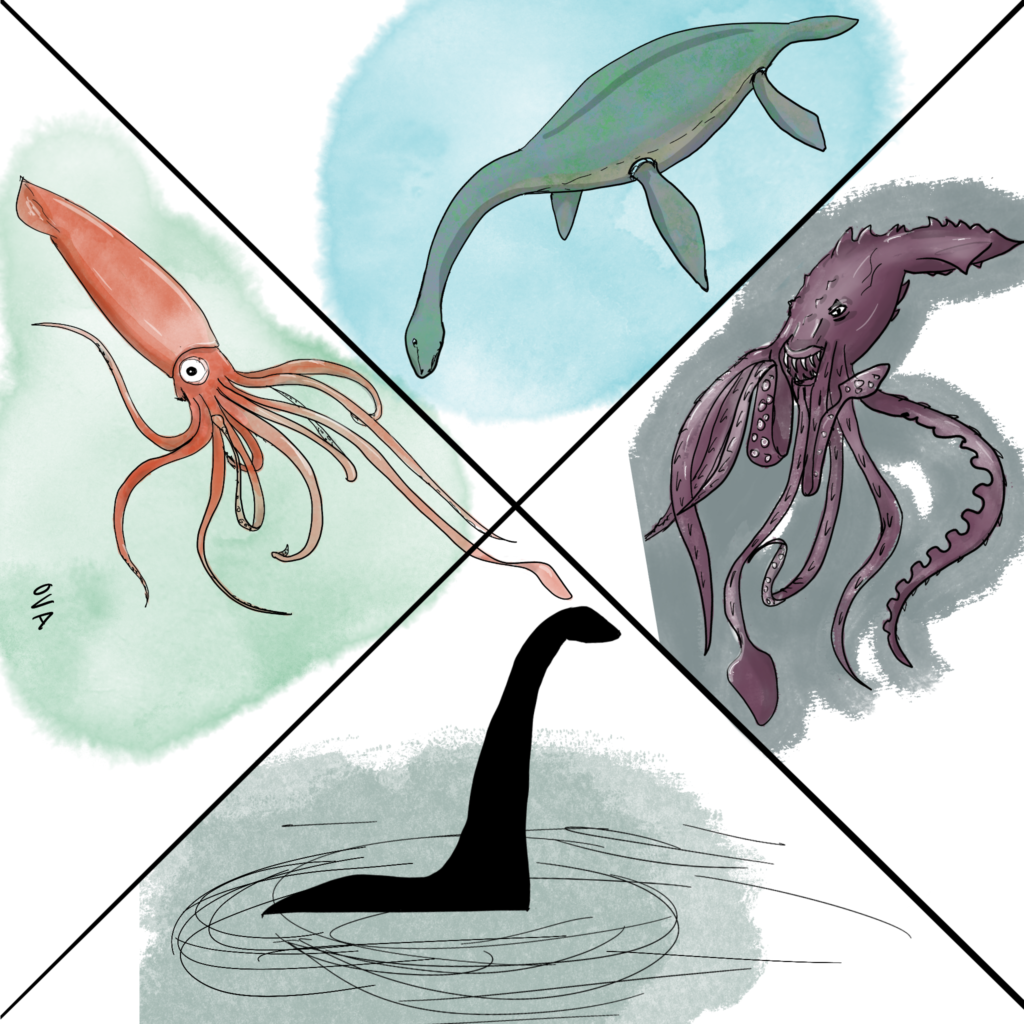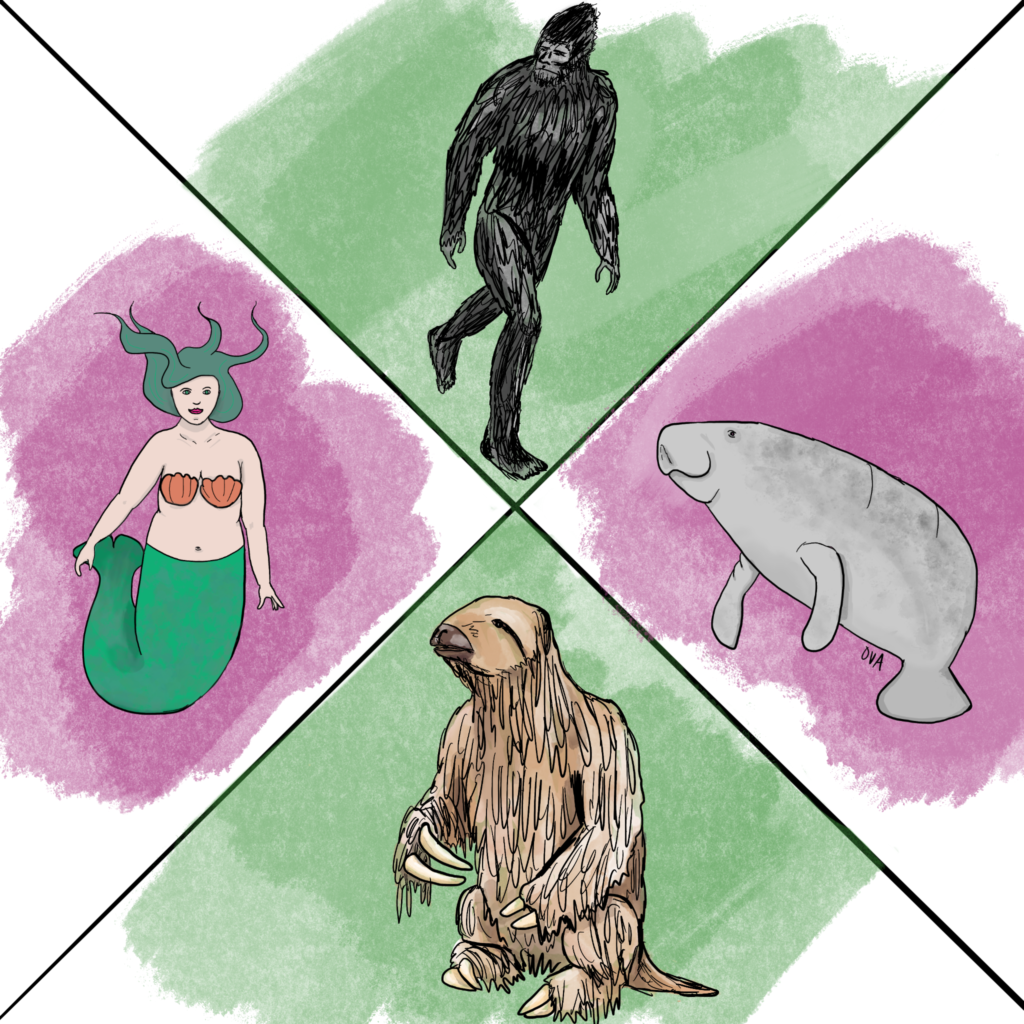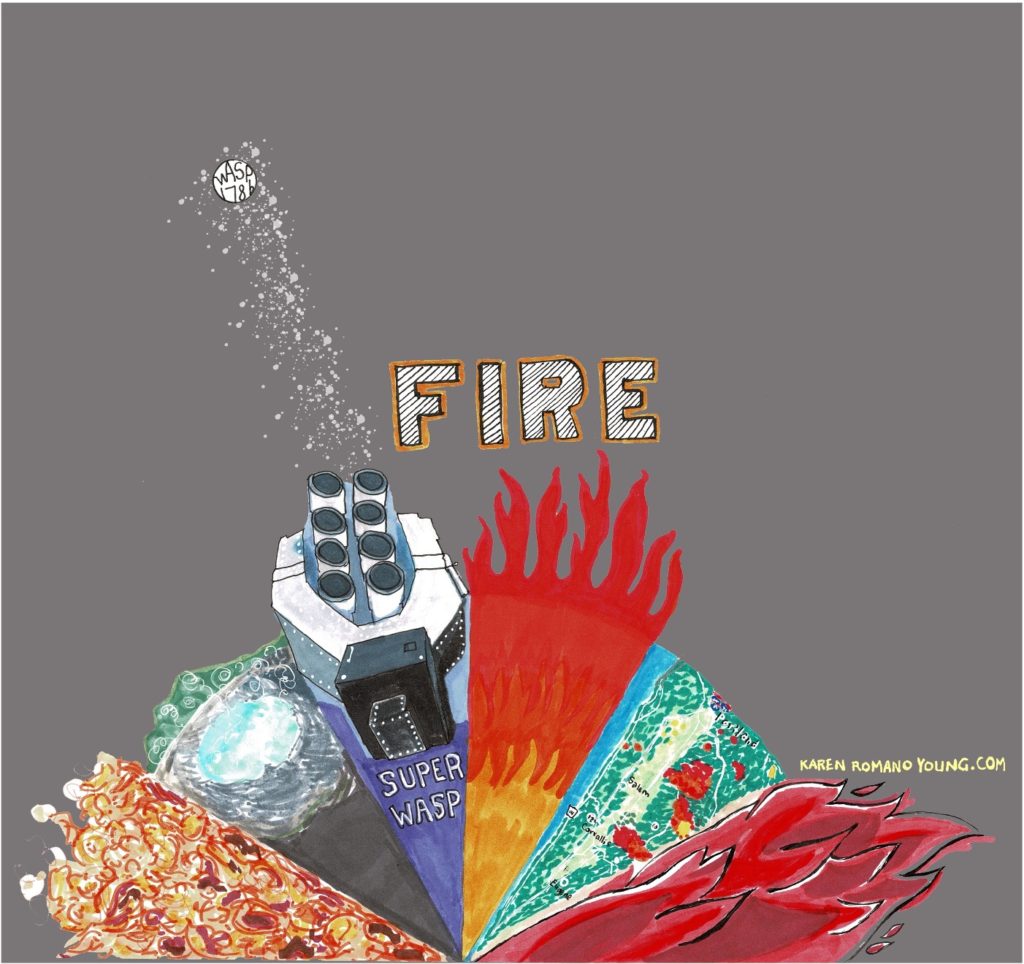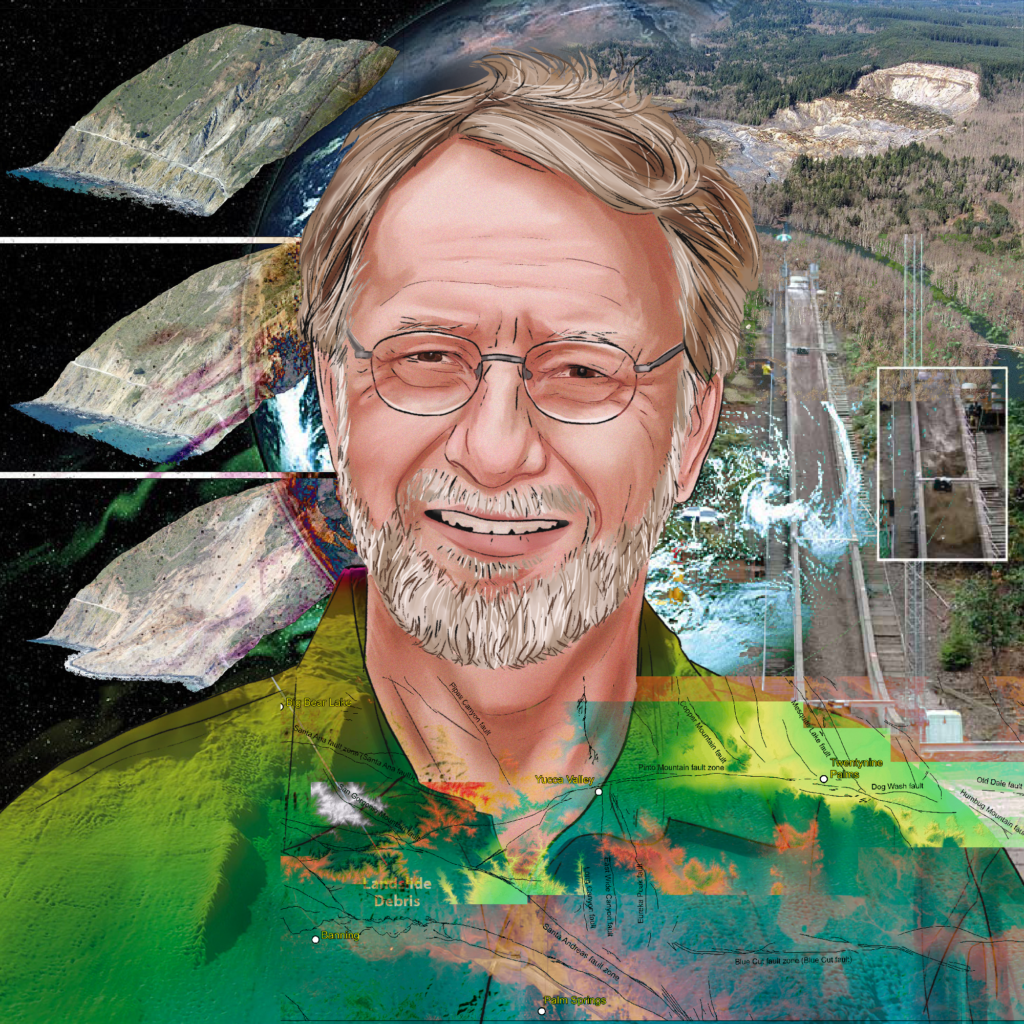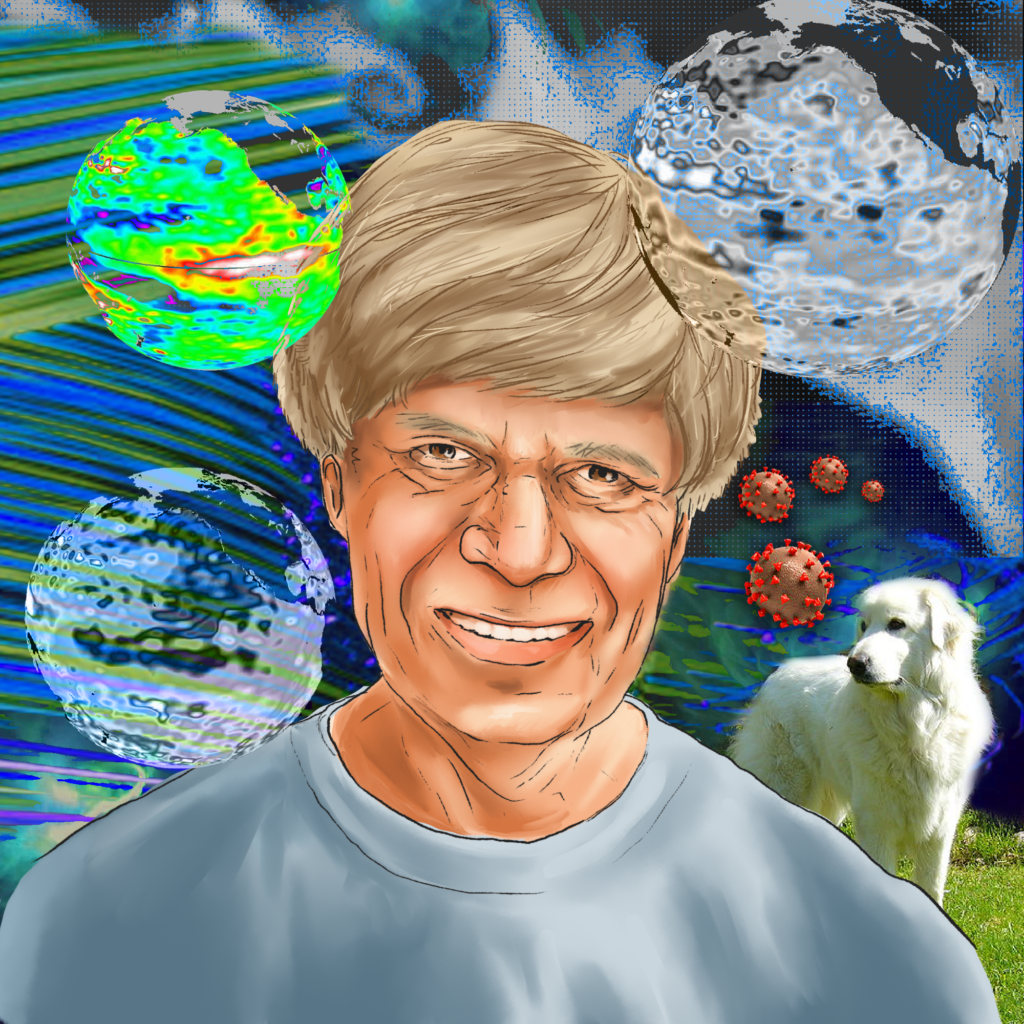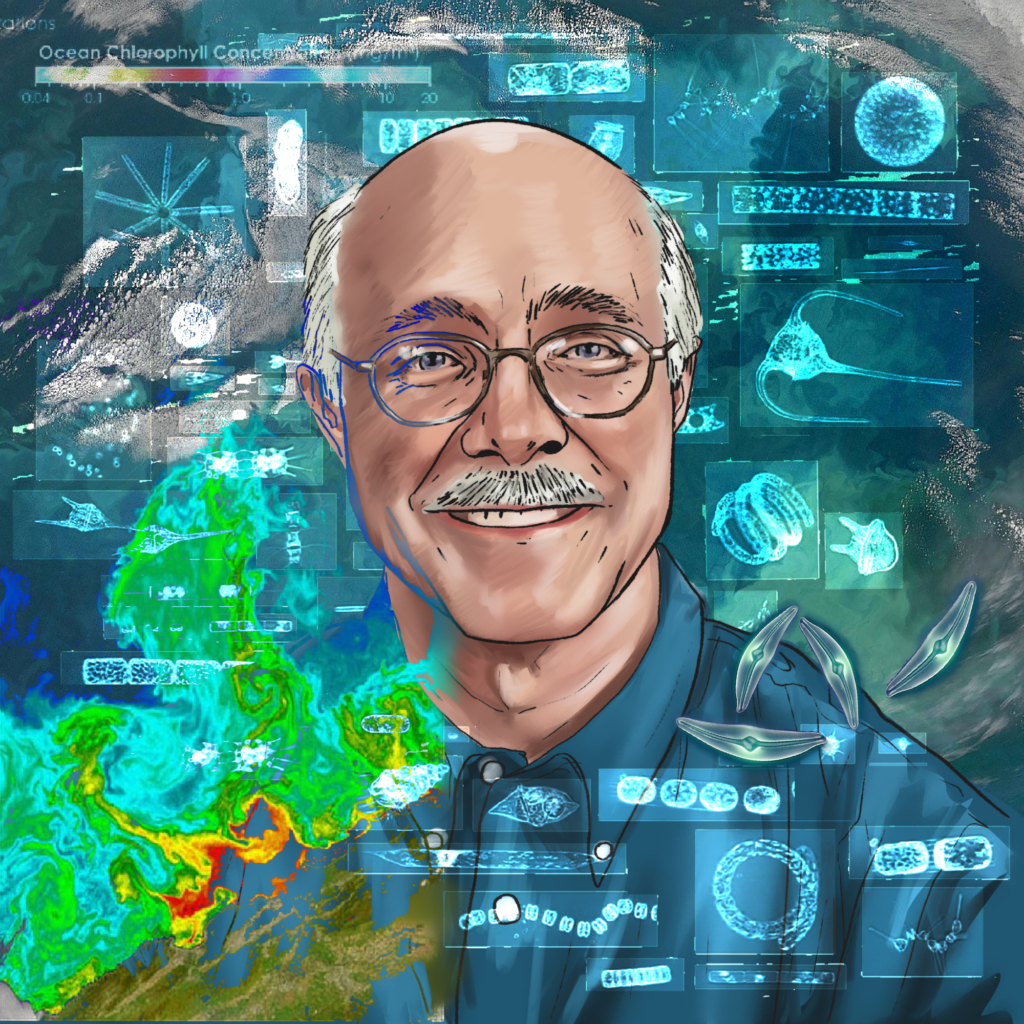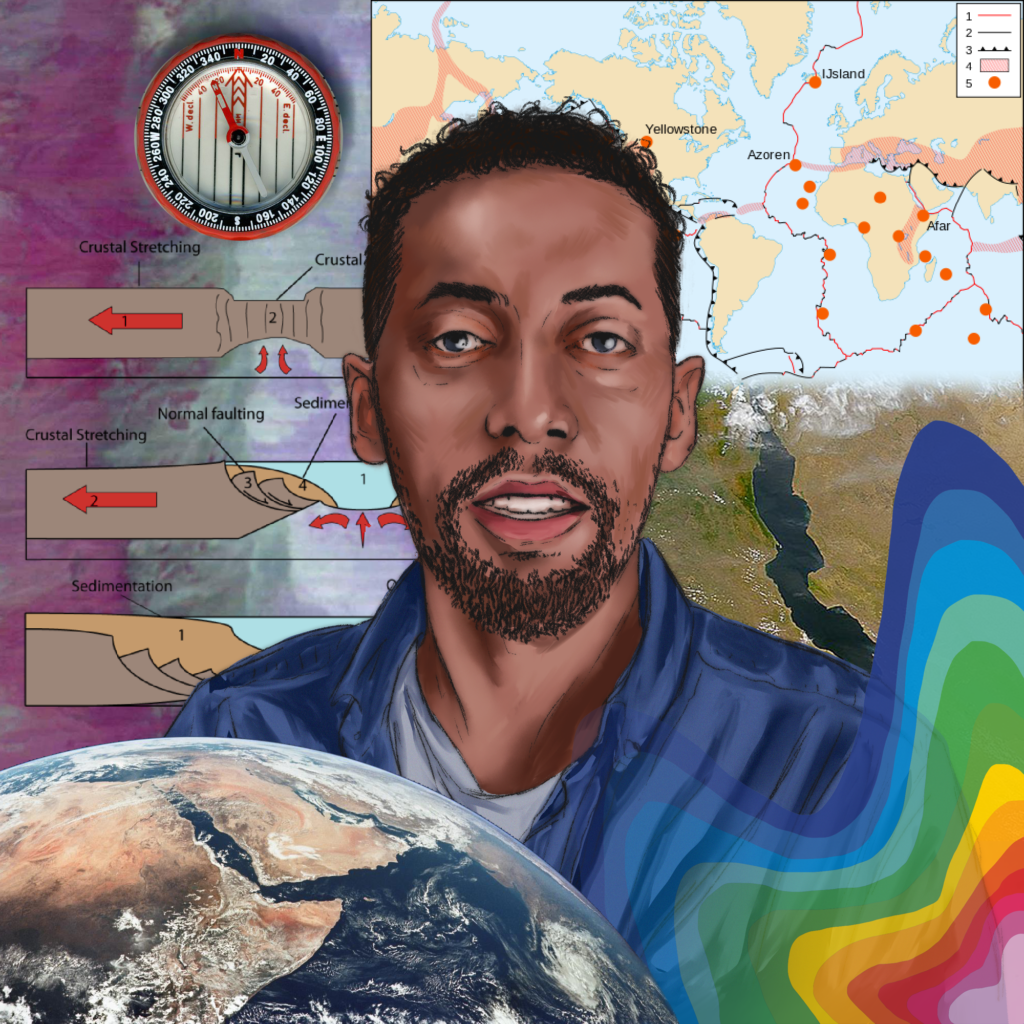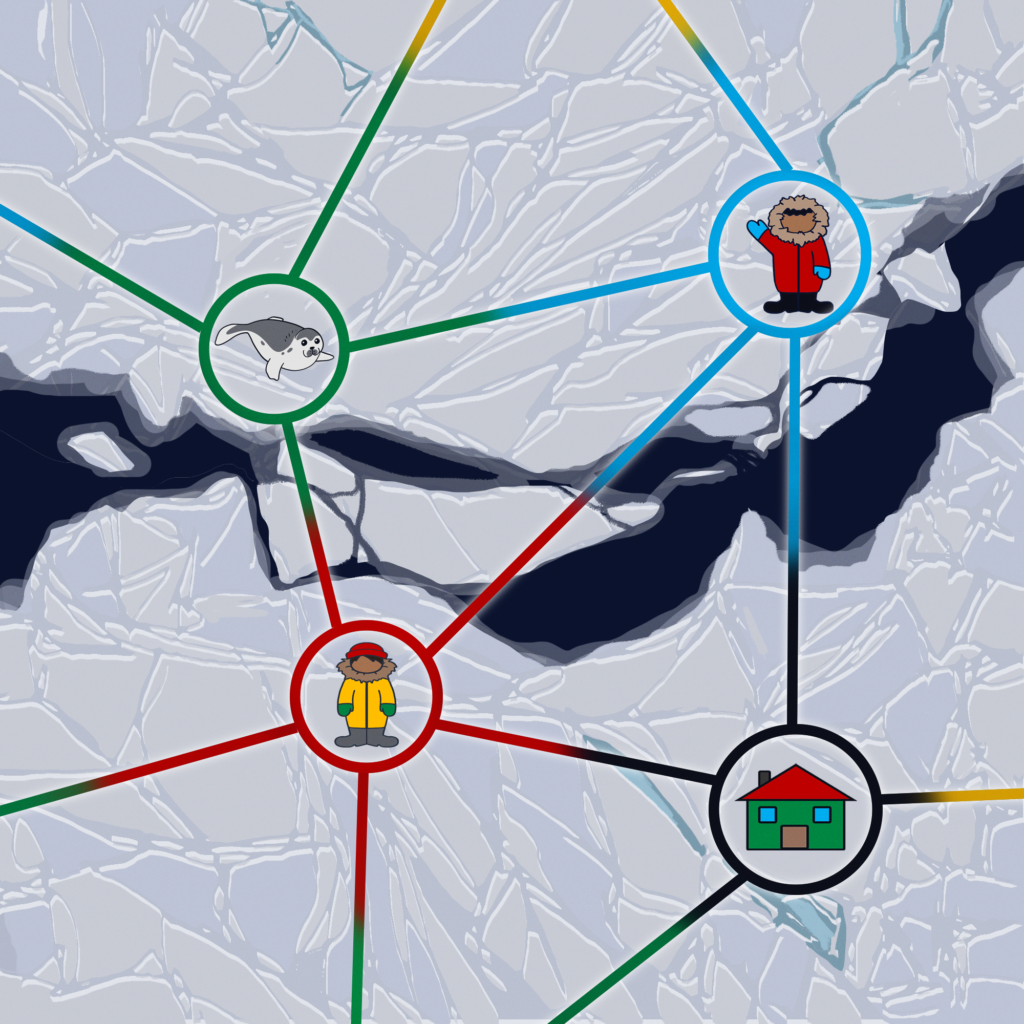Field Work
25-Fire: Forests under (mega)fire in the Pacific Northwest
Climate change is accelerating as human-made greenhouse gasses continue to warm our atmosphere. Megafires certainly evoke climate change doomsday feelings, but are these types of fires new to the PNW or were similar instances occurring prior to 2020?
Read MoreHalloween special: Nessie & the kraken
We’ve all heard stories about fantastical creatures that people swear they’ve seen and have evidence of but can never be confirmed. Think Bigfoot or the Loch Ness monster. Mermaids or the Kraken. While there’s no evidence backing the existence of these creatures, either in present day or at any point in the past, there must…
Read MoreHalloween special: Sasquatches & mermaids
We’ve all heard stories about fantastical creatures that people swear they’ve seen and have evidence of but can never be confirmed. Think Bigfoot or the Loch Ness monster. Mermaids or the Kraken. While there’s no evidence backing the existence of these creatures, either in present day or at any point in the past, there must be a reason why such legends were created in the first place. In most cases, the legend in grounded in fact.
Read More24.5-A podcast of fire and ice
As the leaves change and temperatures cool, head inside, fire up your headphones, and get ready for hot-podcast fall as share stories about, well, fire. Join us over the next six weeks to hear stories about wildfires, volcanoes, fire in space, and on other planets, indigenous fire knowledge, and…fireflies!
Read More24-Storied Careers: Gaining a footing in landslide science
How do you study something that’s constantly shifting? That’s the challenge that USGS geologist Richard Iverson faced when he began his career in landslide research. He and his team developed a first-of-its-kind experimental facility to study how landslides happen, in order to better understand and prepare for them.
Read More22-Storied careers: Ocean sensors and dog scenters
Tommy Dickey is an emeritus oceanographer from U.C. Santa Barbara and Naval Operations Chair in Ocean Sciences. His modeling and observational research yielded ocean monitoring technologies and tools. For retirement, Tommy trains and deploys Great Pyrenees as therapy dogs, while studying scent dogs’ capacity to detect COVID-19.
Read More21-Storied careers: Scouring seas from the skies
This episode is about how satellite technology is being used to study a big chunk of the earth’s surface. Seventy percent of the earth comprises water but we know very little about it. Color sensors aboard some satellites can actually reveal a lot about phytoplankton or microalgae blooms that are linked to ocean temperatures. These tiny organisms contribute to half the photosynthesis on the planet.
Read More20-Storied careers: The unexpected path to Ethiopian rifts
Choosing a major and university is one of the earliest major life decisions—but what if you had to leave those choices up to chance?
Read More18.5-The (not so) secret histories of scientists
Science is all about experimentation, discover, and sharing those results. But what happens behind the scenes? What stories do scientists have to tell that don’t make it in the manuscript or the classroom lecture?
Read More18-Ice: Ancient knowledge for modern tech
To the untrained eye, Arctic ice appears unchanging, but conditions can shift quickly, and often reveal life-threatening hazards when they do. It is an unforgiving environment, but the Inuit know how to navigate it. That knowledge has been passed down through generations, and a new app is giving centuries-old Inuit knowledge a very modern form.
Read More
